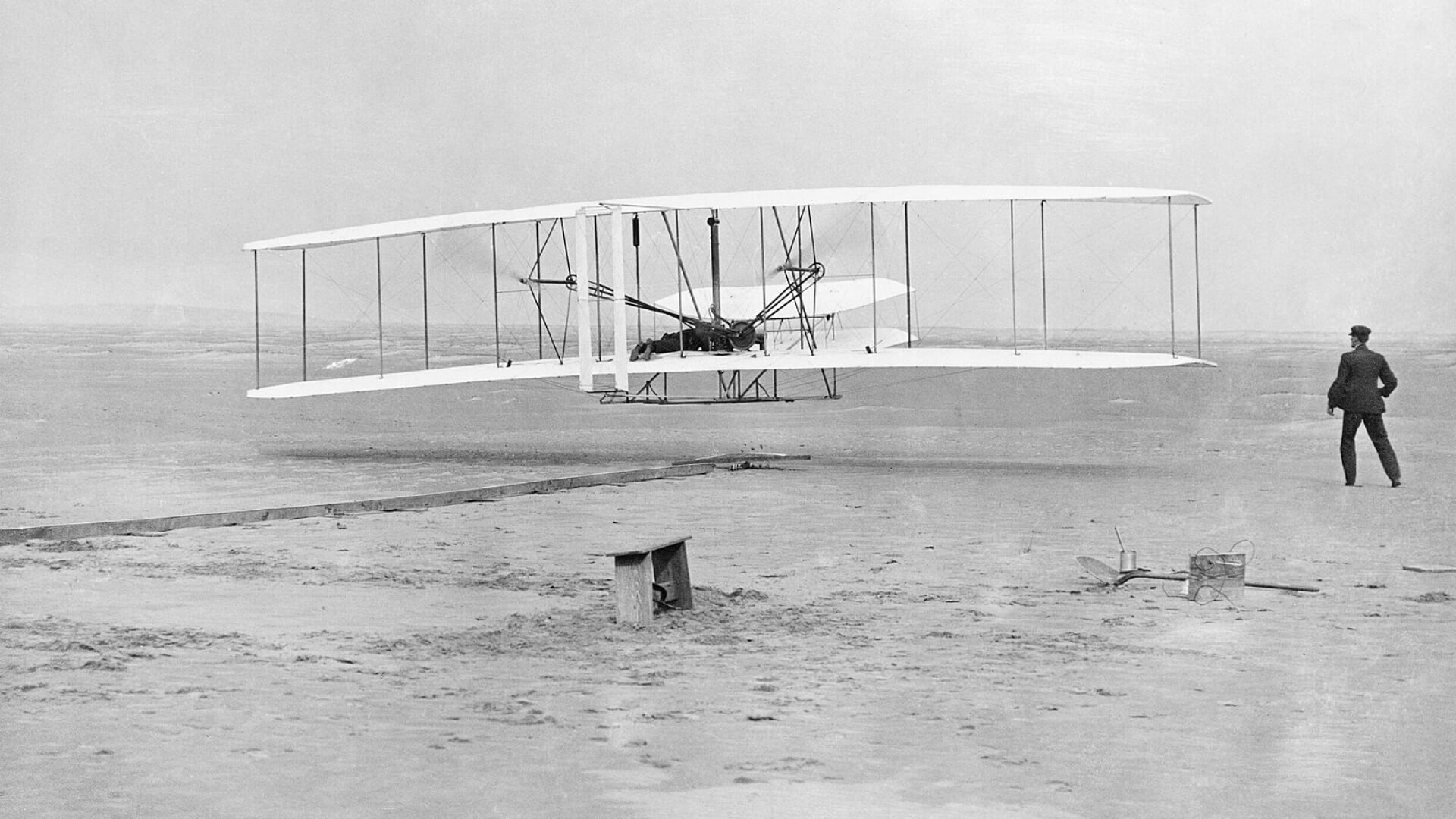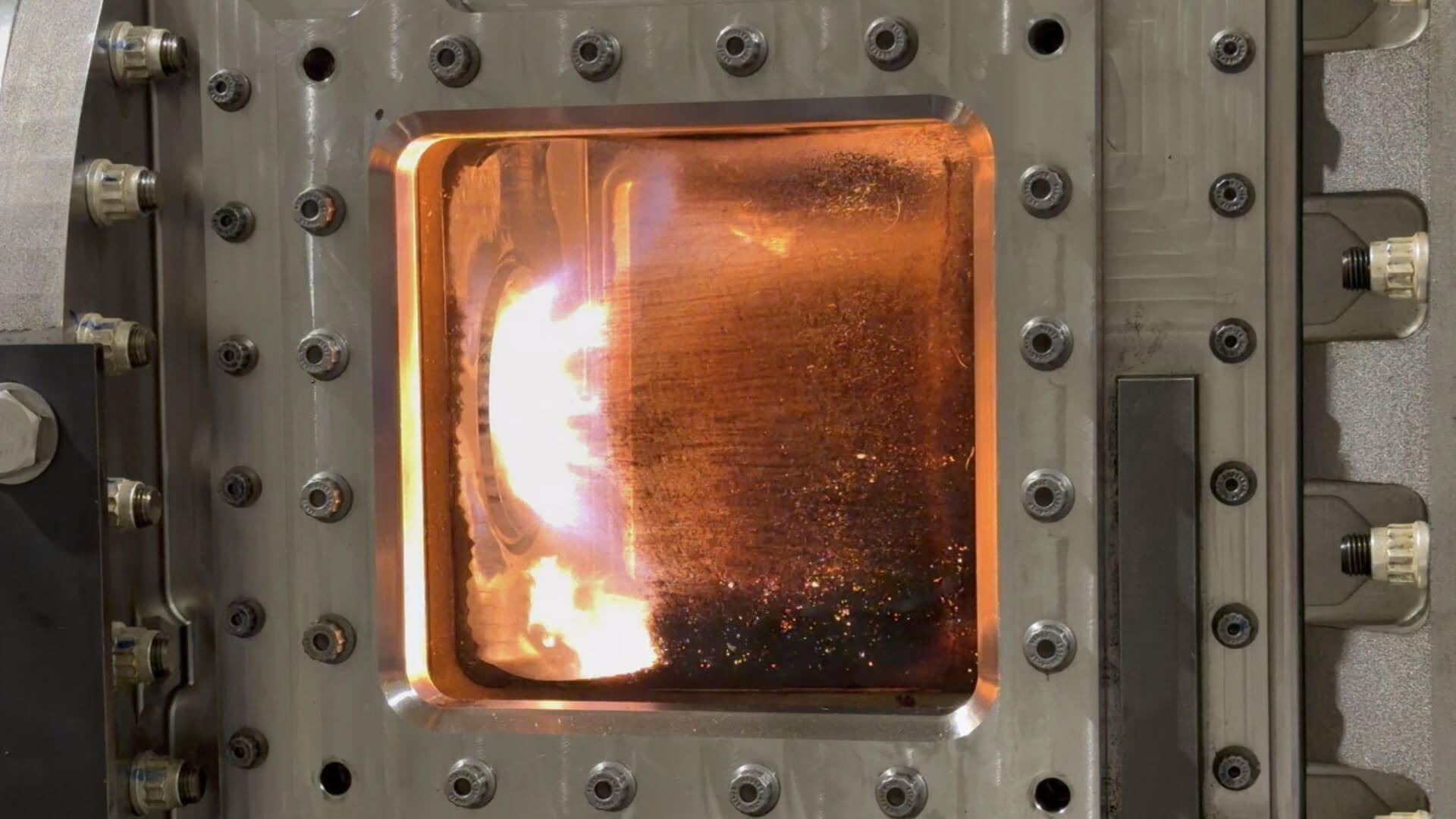A passion for aviation doesn’t stop when the work day is done. In fact, many employees at Boom Supersonic fly for fun, right from our headquarters at Centennial Airport (KAPA) in Colorado.
Boom hobby pilots Benjamin Collins (Integration and Test Engineer), Mike Tuccio (Systems Engineer), Ed Hopkins (Avionics Software Consultant), and Greg Krauland (Chief Engineer, XB-1) — share the ins and outs flying from one of the busiest general aviation (GA) airports in the United States. Here’s what they said, in response to our (supersonic) rapid fire questions.
Favorite runway?
Collins: “10-28, it’s close to the ramp and a reasonable length for small GA aircraft. 17/35 L&R are huge for a little Cessna and take a minute to taxi to. Especially the two 35s (South end of the airport).”
Tuccio: “I love to land on runway 10. You have to fly a very tight pattern to avoid overflying runway 35R/17L. This happens rarely, and in my experience, you have to explicitly request it, but it is always exciting.”
Hopkins: “I would hesitate to say I have a favorite runway because a pilot’s favorite runway is always the one with the least crosswind/tailwind scenario. Again with the variable weather, the direction of wind can change unpredictably. When there is a significant shift (more than 90 degrees), air traffic control will assign you to a different runway. In Colorado, the wind condition due to the combination of the jetstream over the Rockies and the solar heating effect can cause the winds to shift from east/west to north/south or anywhere in between, so most airports here have runways that can accommodate this. However, that means you may be set up for an approach, and part-way in, you’re redirected to a different runway, which also keeps you on your toes.”
Favorite approach pattern?
Collins: “17R Enter the pattern at Ikea (the actual call usually). Turn right over Top Golf and if you get the landing right, you are right next to B8 taxiway that will take you to the ramp. Alternatively, the approach to 10 is pretty exciting. Either you have to get special permission to cross the airfield’s other two runways, or do a parallel approach with 35L and then cut in right over the hangars!”
Tuccio: “The RNAV 28 (GPS approach for runway 28) is my favorite. It has good options for how you enter it and several waypoints along the way that make it great for training. Also, after a long flight in instrument conditions, landing on runway 28 gives you the shortest taxi back to parking.”
Krauland: “Straight in, runway 28.”
Coolest airplane spotted at KAPA? (besides XB-1, of course)
Collins: A few for different reasons — weird birds (Piaggio P.180 Avanti), warbirds (North American P-51 Mustang), and e-birds (Bye Aerospace eFlyer 2)!
Tuccio: “There is a Beechcraft Starship based out of Aspen airport that I have seen here before. That is pretty cool. I love the canard design.”
Hopkins: “The coolest airplane is probably Duff’s (Chris “Duff” Guarente is a test pilot at Boom). Although sometimes the F-18’s refuel and that is pretty cool to see.”
Krauland: “A-10, Beech Starship.”
Favorite time of year to take off/land?
Collins: “Spring or winter mornings. Crisp and cold, you jump off the runway and the air is usually very smooth. Afternoons here can get rough, as in the summer storms pop up right on top of us and in the winter, the air above can get pretty bumpy with all the mountain wave turbulence. We live and fly very close to one of the worst areas in the world for air turbulence. It once ripped the tail off of a B-52! It’s nowhere near that bad around Denver, but you have to take it seriously nonetheless.”
Tuccio: “The fall is my favorite – when you can see colorful leaves in the mountains. The aspen trees are absolutely gorgeous from the air.”
Hopkins: “Weather is highly variable in this region. It has been so windy this winter/early spring that I haven’t managed to get an actual flight lesson in since last December, so I have gone back to San Diego for some flights. The CFII’s (Certified Flight Instructors, Instrument rating) have suggested I try to schedule very early in the morning or later at night because during the day, solar heating creates up and down drafts which can cause wind speeds that are prohibitive for students and smaller aircraft, like a Cessna. Bigger jets are usually able to handle it, but some of the wind storms have even canceled flights out of Denver International Airport (KDEN).”
Krauland: “Spring and fall are usually pretty times to fly to the mountains.”
What is unique about flying into and out of KAPA?
Collins: “Their procedures are different due to the traffic volume. It can quickly get very busy with all types of aircraft — military, business jets, medivac (heli & fixed wing), police helicopters, general aviation, small airlines, experimental, you name it! The high altitude is common for Colorado flyers, but is different for people from elsewhere. KAPA also has great and easy access for mountain flying which you definitely don’t get everywhere.”
Tuccio: “The nerdiest possible answer I can give here is that you wait until ground control hands you off to tower. This is atypical for a Class D airport as standard radio practice is for you to contact tower yourself when you are ready to takeoff. This can be difficult because you get in the habit of waiting for ground control to hand you over to tower, and then when you fly into other airports you forget to contact tower!”
Hopkins: “Runway length is a big deal in Colorado due to the higher (density) altitude. As you get higher in altitude, the air becomes thinner and you get less lift. Also, there is less oxygen, so your engine performs less well (just like driving your car over a high mountain pass) unless you have a turbocharger or jet. Runway length in California at sea level (including in Mojave) tends to be about half of what runways are in Colorado, which can be 10,000 feet long.”
Krauland: “It’s very busy (3rd largest general aviation airport in US!), so lots of great civil and military planes come through.”
Where have you flown to from KAPA?
Collins: “Mostly along the front range in training to such exotic destinations as Fort Collins, Trinidad, La Junta, Boulder, and once to Steamboat with Duff. Looking forward to doing more mountain flying soon! My wife is from a small town on the western slope and it’s much faster to get there by air.”
Tuccio: “The farthest I have flown from KAPA was to Oshkosh, Wisconsin for the Oshkosh Airshow. I have also taken several trips to Olathe, Kansas to visit my parents. Other fun local places in Colorado include Aspen, Telluride, Greeley (which has a terrific little airport diner called Barnstormer Restaurant), and Colorado Springs (which has The Airplane Restaurant that is in an actual airplane!)”
Hopkins: “So far I have flown from KAPA to local student practice areas, practice landings at KCFO, over downtown at night, Fort Collins, Pueblo, and Limon.”
Krauland: “Idaho, Steamboat, Telluride, Taos, South Dakota, Oshkosh, Wisconsin(!)”
What kind of plane do you fly there?
Collins: “Anything they will let me fly, but that usually works out to a Cessna 172.”
Tuccio: “My favorite airplane to fly is my 1979 Mooney M20K. It’s a single engine turbocharged piston aircraft. You can identify a Mooney by the characteristic trait that its vertical tail is slightly angled (aka swept) forward, whereas most other airplanes have a vertical tail that is angled backward.”
Hopkins: “At Aspen Flying Club we usually fly Cessna 172s, although they also have a turbo-charged C182 that I am partially checked out in so far. Most student pilots start out in C172s with the old analog “six-pack” or steam gauge instruments (which I did). They eventually move up to the Garmin G1000 / NxI with integrated navigation, flight planner, GPS, and autopilot, which is what I am working on right now for the Instrument Flight Rules (IFR) training (usually the next step after your initial private pilot). Aspen Flying Club also recently acquired several twin engine trainers which I hope to get to after my IFR.”
Krauland: “Mooney M20K, Diamond DA40, Cessna 182.”
Where is your favorite view from the cockpit on take off and landing?
Collins: “From the pilot’s seat and from at least the same height above the runway as the landing gear is tall. I think lining up, ready for takeoff, is always a little thrill. As the old saying goes, ‘A mile of road will take you a mile. A mile of runway can take you anywhere.’”
Tuccio: “I love coming in on short final, about 200 feet above the ground, on a really cloudy foggy day. Breaking out of a low cloud layer and seeing the lights for runway 35R is exciting every single time.”
Hopkins: “Coolest view so far was a night flight over the downtown zoo and the Coors plant on the way back.”
Want to learn more about pilots at Boom Supersonic? Watch our roundtable with aviation blogger, Sam Chui, here.







